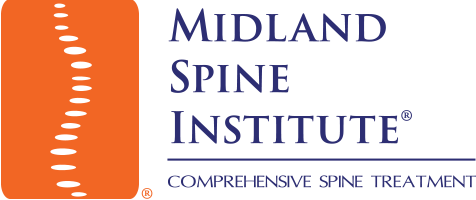We’ve all had moments where we hesitate to do something because of the fear of back pain.
Times when our grandkids are begging to be lifted into our arms, but we hesitate and contemplate the back pain that may follow. If it happened earlier in the year, will it happen again?
What about the times when we can’t stand up straight without pain? Or when we lean over and feel something snap, clutching our lower backs and knowing we can’t take another step. Many of us think we may have to give up our favorite activities and beloved pastimes.
We’re here to let you know there can be relief from back pain.
Causes of Back Pain
There are many causes of back pain, as well as options for back pain treatment. The initial question is whether the back pain is acute, temporary, chronic, or seemingly endless. For those of us who have had acute lower back pain before, it’s more than likely that we’ll be hit with another bout within a year.
Acute lower back pain is quite common. It’s estimated that 80% of adults will suffer from back pain in their lifetime. It’s one of the five reasons older adults visit doctors the most, as well as a leading cause of disability. We haven’t done anything wrong. It’s simply a process of aging and movement.
Treatment Options for Back Pain
Chronic back pain continues for 12 weeks or more without subsiding. Treatment of chronic pain should be managed by a board-certified pain management doctor.
Over-the-Counter Medications
There are various self-care options we can suggest you try. The initial treatment is usually over-the-counter pain relievers including:
- Nonsteroidal anti-inflammatory drugs like ibuprofen or naproxen sodium
- Acetaminophen
- Aspirin
- Ointments or salves
- Hot and cold therapy packs
Movement and Exercise
We can alleviate back pain through stretches and exercises to make back muscles stronger and more flexible.
Movement can also ease the strain on our bodies. For example, we have found that sitting too much can put additional pressure on your back, and not sitting correctly can add even more. Stopping normal activities or relying on bed rest is not recommended.
Treatment Options With Doctor’s Help
Muscle Relaxants
Doctors can prescribe muscle relaxants to assist with managing pain for acute muscle spasms.
Antidepressants
Some studies show that certain antidepressants at low dosages can help with chronic back pain. These include duloxetine and amitriptyline.
Narcotics
Opioids, like Oxycontin or Percocet, provide immediate relief but are highly addictive. As you build a tolerance, higher dosages will have to be prescribed and may have side effects.
Physical Therapy
Monitored and guided by a professional to ensure proper body mechanics and to help prevent future episodes.
Cortisone/Epidural Injections
Can provide immediate short-term relief. Nerve ablations and nerve blocks are also beneficial.
TENS
In some patients, we can ease back pain through transcutaneous nerve stimulation through mild electrical impulses.
Alternative Treatment Options
Acupuncture and chiropractic care can alleviate chronic back pain. Yoga, massage therapy, biofeedback, and even behavioral modification have proved helpful for some.
Most back pain improves in a matter of weeks. If months have gone by with little to no improvement, we suggest seeing a pain management doctor at Midland Spine Institute for diagnosis and advanced treatment options.


